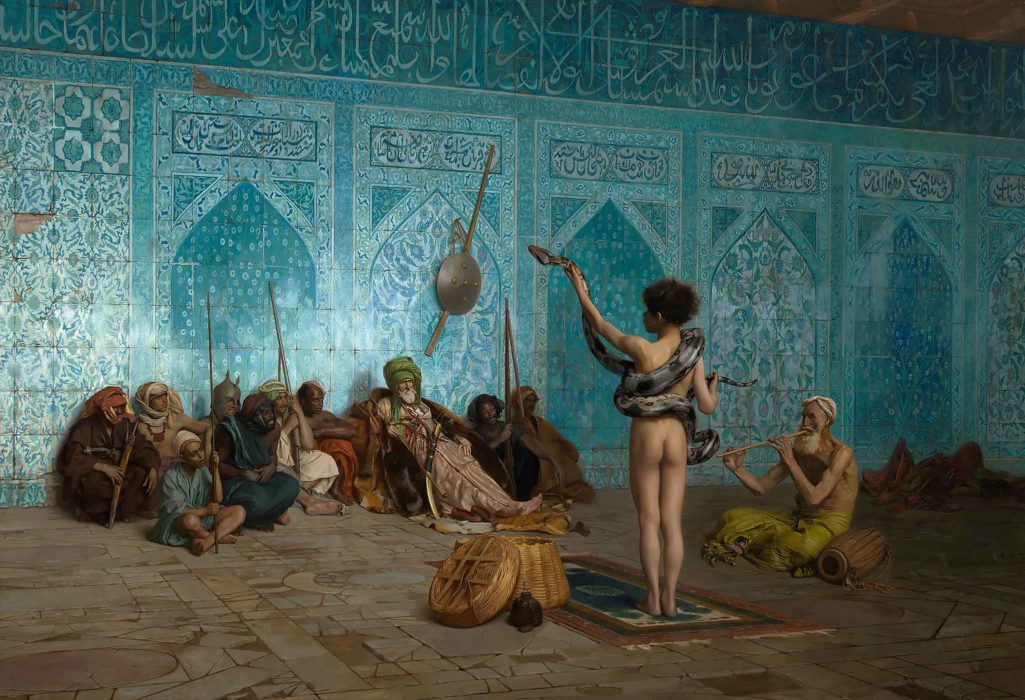A FIRE BURNED IN a clearing a few steps from the house on Brush Farm. A chair tottered on top, as the flames licked its legs. It cracked and gently succumbed to the heat.
They never knew on Brush Farm when George de Forest Brush would go on a rampage through the house checking for furniture with lathe-turned legs, to see if it had been made by machine. If it was, then out it went to the bonfire. “No machinery can do joyful work,” he believed. “The really useful things,” he said, “are made ugly by machinery and only the few things of life are beautiful.”
Brush’s daughter, Nancy, wrote in her memoirs that ‘Abdu’l-Bahá asked Mrs. Parsons to explain Bahá’u’lláh to Brush. But ‘Abdu’l-Bahá also told her that Brush would laugh at her. Everything Agnes Parsons did was high Washington society, dressed to the nines, stiff and formal with her strong Southern accent. Here in Dublin folks were more relaxed, especially the easy-going artists.

George studied in New York and then in Paris at the conservative École des Beaux-Arts under Jean-Léon Gérôme, the orientalist painter. “Orientalism,” several Middle Eastern scholars have argued, was more than just the study of the East. It was “a Western style for dominating, restructuring, and having authority over the Orient.” Western scholars, poets, and painters took control of the intellectual content of the Eastern world, they argue, “by making statements about it, authorizing views of it, describing it, by teaching it, settling it, ruling over it.”
One of Gérôme’s most famous paintings, The Snake Charmer, displays the kind of romanticized, erroneous view of the East that the critics of Orientalism objected to. A python wraps around the naked body of a young boy, suffused in a mystical blue light, while a group of men observe the show, dressed in colorful tribal costumes and carrying strange weapons. The image is an exotic and erotic blend of Arabic, Turkish, Egyptian, and Indian motifs. Gérôme’s near-photographic realism sparkles from the canvas, but the scene is entirely concocted from his imagination: its elements could never exist in one place at one time.
From Gérôme, Brush learned to paint the anatomy of the human form: a skill acquired laboriously, by copying Renaissance and classical sculpture, and, eventually, by drawing and painting directly from live nude models. But when Brush returned to America, he was met by a society not interested in mythological themes or paintings of nudes.
So he had to find a subject. Brush went West to Wyoming with his brother for a year. Here he lived with the Shoshone tribe and he spent some time with the Crow people. According to Walt Schnabel “a Crow chief named Plenty Coups said that he had never forgotten Brush’s visit or his ‘words of eternal wisdom’ that had a profound effect on the Crow nation.”

George de Forest Brush had found his perfect subject: the Indian. Quintessentially American, romantically exotic, and almost nude — what a good substitute for the gods of Greece and Rome. What he didn’t find in his travels he created in his studio. His daughter fondly called him a “lover of Indians,” but, as he pointed out, “I live for art and not for Indians.” “The Indian,” he said, “is part of nature and is no more ridiculous than the smoke that curls up from the wigwam, or the rock and pines on the mountainside.”
Brush’s technique was delicate and meticulous, and his ideal Indians won a gold medal at the World’s Columbian Exposition in Chicago in 1893. The Chicago fair promoted Orientalist viewpoints on a large scale for the first time in America. It was these perceptions of Easterners that shaped Americans’ initial views of ‘Abdu’l-Bahá as a “Wise Man Out Of The East” in 1912.
You can find more of Brush’s work here, at the National Gallery of Art in Washington, DC.






